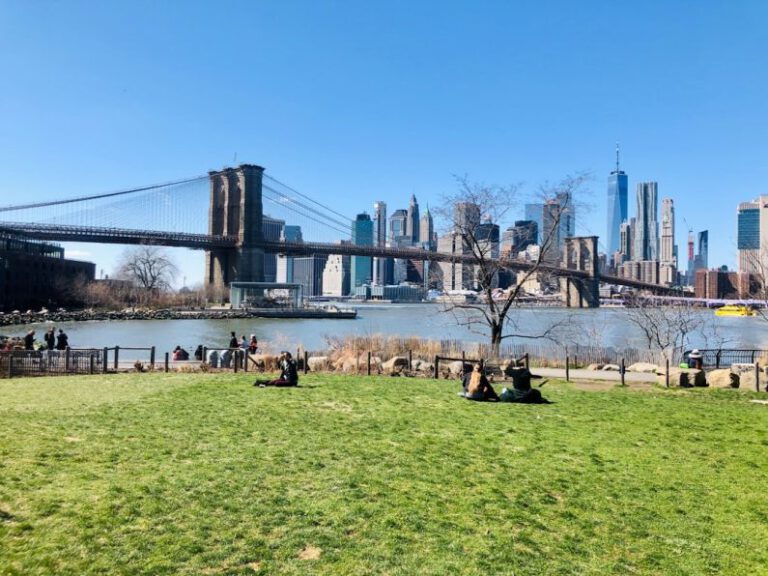What Innovative Techniques Were Used in the Construction of the Millau Viaduct?
Rising majestically over the Tarn Valley in southern France, the Millau Viaduct stands as a testament to human engineering prowess. This iconic structure, designed by architect Norman Foster and structural engineer Michel Virlogeux, is renowned for its innovative construction techniques that pushed the boundaries of traditional bridge-building methods. Let’s delve into the groundbreaking methods used in the construction of the Millau Viaduct that have forever changed the landscape of civil engineering.
The Concept and Design:
The Millau Viaduct was conceived as a solution to alleviate traffic congestion in the town of Millau and to provide a direct link between Paris and the Mediterranean coast. The vision for the bridge was to create a structure that seamlessly blended with the natural surroundings while being an architectural marvel in its own right. The design incorporated a series of slender, tapering piers that support the roadway, giving the viaduct its distinctive appearance of soaring elegance.
Cable-Stayed Construction:
One of the most striking features of the Millau Viaduct is its innovative use of cable-stayed construction. Unlike traditional bridges that rely on arches or trusses for support, the viaduct utilizes high-strength steel cables anchored to the top of the piers to support the roadway deck. This design not only minimizes the need for excessive materials but also allows for longer spans between piers, reducing the environmental impact on the valley below.
Prefabrication and Modular Construction:
To expedite the construction process and minimize disruption to the surrounding environment, the Millau Viaduct employed prefabricated concrete segments that were assembled on-site. These modular components were manufactured off-site to precise specifications, ensuring a high level of quality control and reducing the risk of errors during assembly. This approach also allowed for faster construction times, with segments being lifted into place using specialized cranes.
Innovative Deck Erection Techniques:
One of the most challenging aspects of building the Millau Viaduct was erecting the massive roadway deck at such a great height. To accomplish this feat, engineers utilized innovative deck erection techniques that involved launching the deck segments from the piers using hydraulic jacks and temporary support towers. This method allowed for the gradual extension of the roadway deck across the valley, with each segment seamlessly connecting to the next to form a continuous structure.
Environmental Considerations:
In addition to its technical innovations, the construction of the Millau Viaduct also prioritized environmental sustainability. The viaduct was designed to minimize its visual impact on the landscape, with its slender piers and delicate profile blending harmoniously with the natural surroundings. Furthermore, the use of prefabricated components reduced the amount of on-site construction waste and noise pollution, demonstrating a commitment to minimizing the bridge’s ecological footprint.
Legacy and Impact:
The completion of the Millau Viaduct in 2004 marked a significant milestone in the field of civil engineering and construction. Not only did the viaduct set new standards for bridge design and construction techniques, but it also served as a symbol of human ingenuity and innovation. The success of the project has inspired future generations of engineers and architects to push the boundaries of what is possible in infrastructure development.
In conclusion, the construction of the Millau Viaduct stands as a shining example of how innovative techniques can transform the built environment. From its cable-stayed design to its prefabricated construction methods, the viaduct represents a harmonious blend of engineering excellence and environmental consciousness. As we look to the future of infrastructure development, the lessons learned from the construction of the Millau Viaduct will continue to inspire bold new approaches to building the bridges that connect us.






